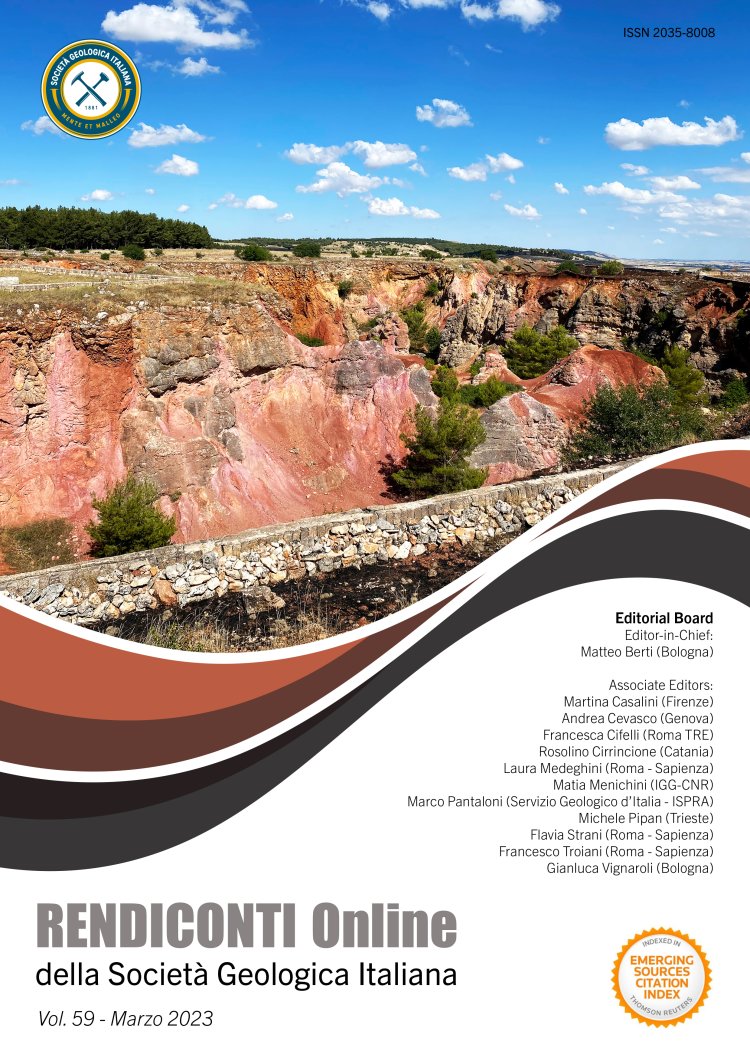
The role of non-skeletal carbonate component in Mediterranean Coralligenous: new insight from the CRESCIBLUREEF project
Mara Cipriani1, Daniela Basso2,3, Pietro Bazzicalupo2, Marco Bertolino4, Valentina Alice Bracchi2,3, Fabio Bruno5, Gabriele Costa2,4, Rocco Dominici1, Alessandro Gallo5, Maurizio Muzzupappa5, Antonietta Rosso3,6, Francesco Perri1, Rossana Sanfilippo3,6, Francesco Sciuto3,6 & Adriano Guido1
1Department of Biology, Ecology and Earth Sciences, University of Calabria, Rende, Cosenza, Italy.
2Department of Earth and Environmental Sciences, University of Milano-Bicocca, Milan, Italy.
3CoNISMa-Italian National Inter-University Consortium for Sea Sciences, Roma, Italy.
4Department of Earth, Environmental and Life Sciences (DISTAV), University of Genoa Genoa, Italy.
5Department of Mechanical, Energy and Management Engineering, University of Calabria, Rende, Cosenza, Italy. 6 Department of Biological, Geological and Environmental Sciences, University of Catania, Catania, Italy.
Corresponding author e-mail: mara.cipriani@unical.it
Abstract
Keywords
Get Full Text